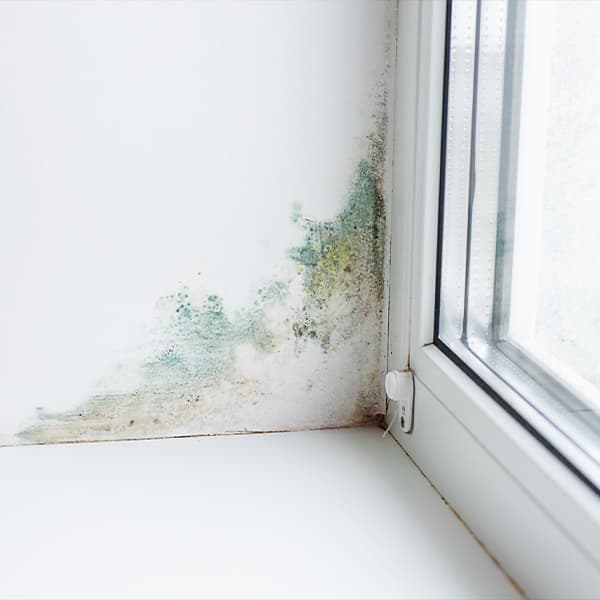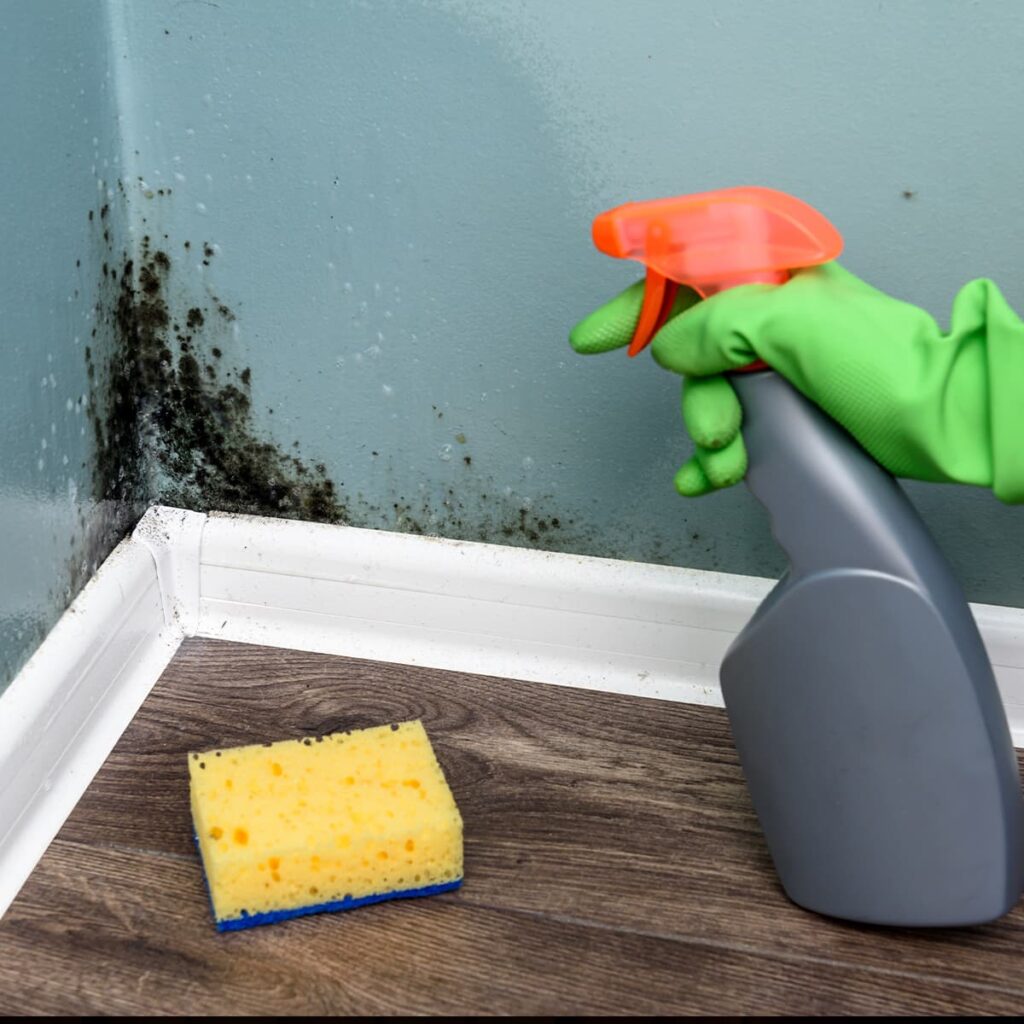Mould is unsightly and unhealthy, and it is a nightmare for many homeowners. Exposure to mould is common in thousands of households across the UK. Mould spores spread quickly in wet areas, dark areas, and areas with high humidity.
Mould could become a problem if left untreated. It produces irritants and allergens that could cause skin rashes, respiratory illness, runny or blocked nose, and allergic reactions such as sneezing and red eyes. It is advisable to regularly conduct a mould test as it can be dangerous to anyone, especially infants and the elderly. Some of the major signs of mould presence in a house are
• Liking walls
• Visible discoloration and staining of the interior
• Musty odor
• Wet surfaces
• Peeling paints
Here are eight tips to help curb moisture, humidity, and the mould that breeds on it.


1. Fix plumbing leaks and seepages.
The main cause of moisture in houses are leaks which comes from faucet taps, pipes, the roof and appliances. Regularly inspect your house for leaks and water damages and fix them promptly. It is important to replace old pipes if they show any sign of crumbling.
2. Don’t damp cloth or hang clothes to dry inside.
Mould typically grows within two days under the right conditions. Leaving your clothes and towels to dry inside will give mould a chance to thrive. It is best to dry your clothes immediately after washing them.
3. Improve airflow in your home.
Condensation is the major cause of mold in a house and the easiest one to fix by ensuring that your house is properly ventilated especially in areas vulnerable to mold such as the kitchen, bathroom and basement. Moving your furniture’s away from the wall and opening closet doors allows air circulation and reduces the chances of mould growth.
Open your doors and windows when it’s cool outside to allow movement of fresh air, which really helps in reducing humidity levels.
4. Wipe walls and windows.
Regularly clean, disinfect and dry your windows and other surfaces to remove all active mould. Wear protective gears like masks and gloves while cleaning to protect yourself from mould exposure.
5. Maintain and monitor humidity levels.
Moist environments are the excellent breeding ground for mould, and this is why you should always keep your house at the ideal humidity level. The ideal humidity level of a house should be below 60 percent. Install a hygrometer in your house to measure the correct humidity levels. Also use exhaust, fans and vent to help mitigate humidity.
6. Invest in mould-resistant products.
Invest in mould-resistant products like plasterboards with insulators and mold inhibitor paints during home renovation or when building a new home.
7. Clean floods and spills immediately.
Address standing water and spills as soon as they occur. Clean your carpet even if there are no traces of mould; a spill might have accidentally settled between the fibers.
8. Inspection
Conduct regular inspections of your properties, especially after winter and heavy rainfall. Do a mould test or consider professional mould testing. Early detection can help you implement the right measures and conduct a thorough cleaning, preventing you and your family from mould-related diseases.
Conclusion
Eliminating water leaks, flooding, condensation, and high humidity is the only way to permanently remove mould in a house and ensure it doesn’t appear again..
















